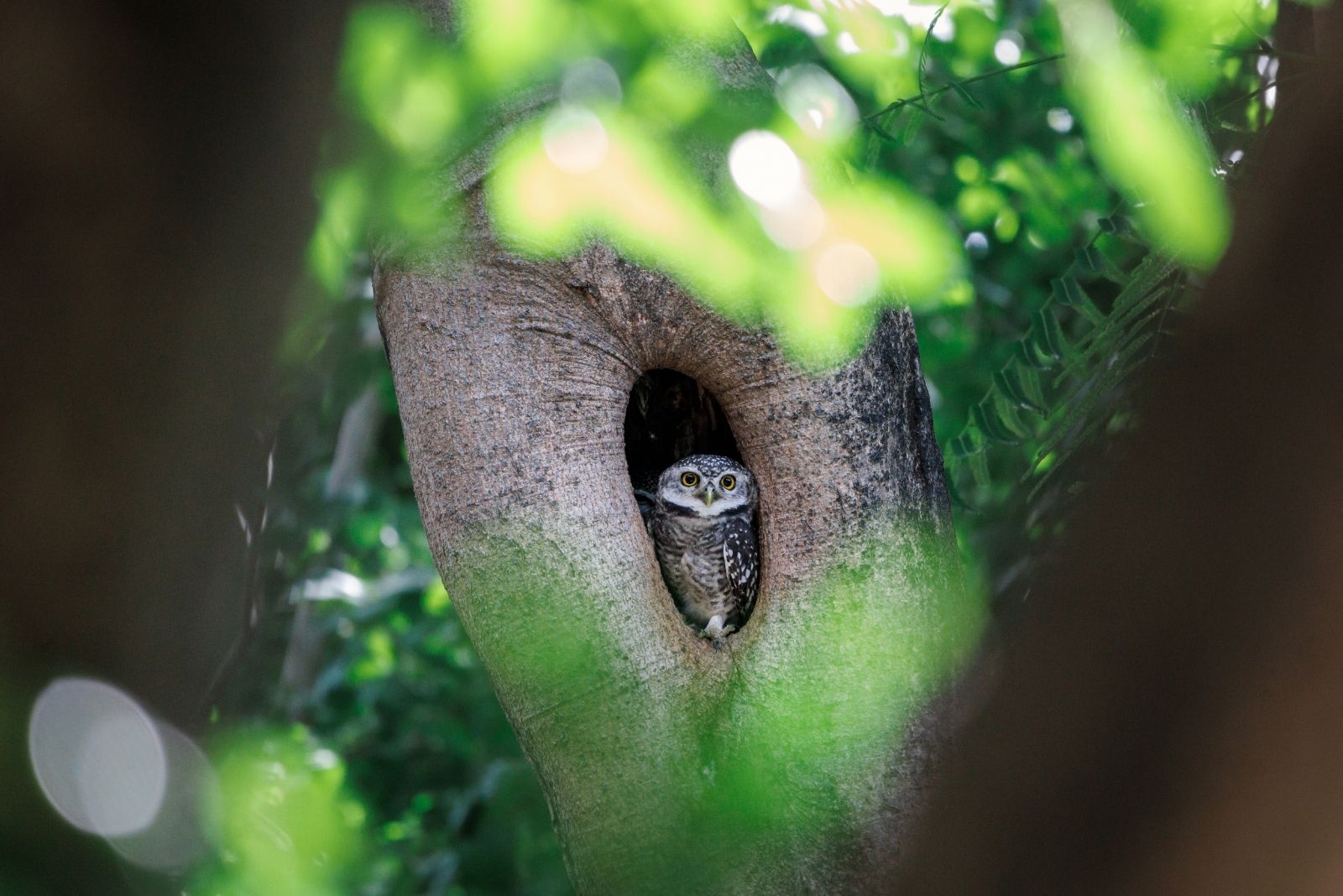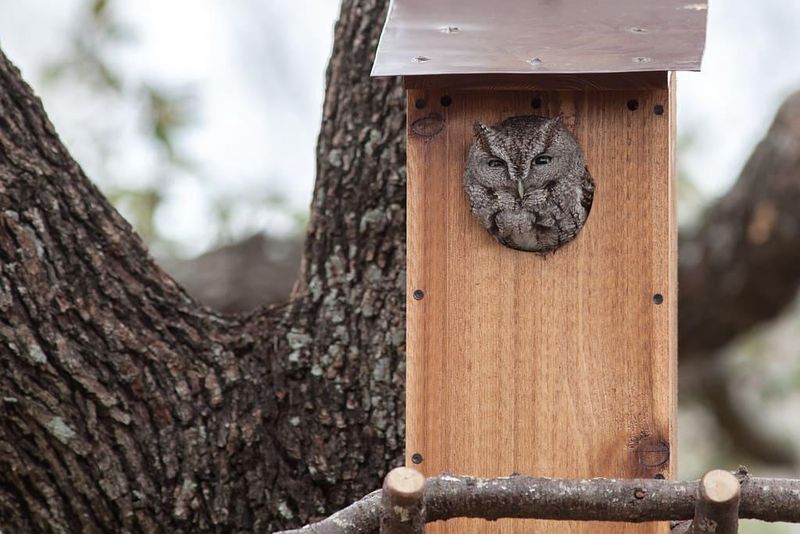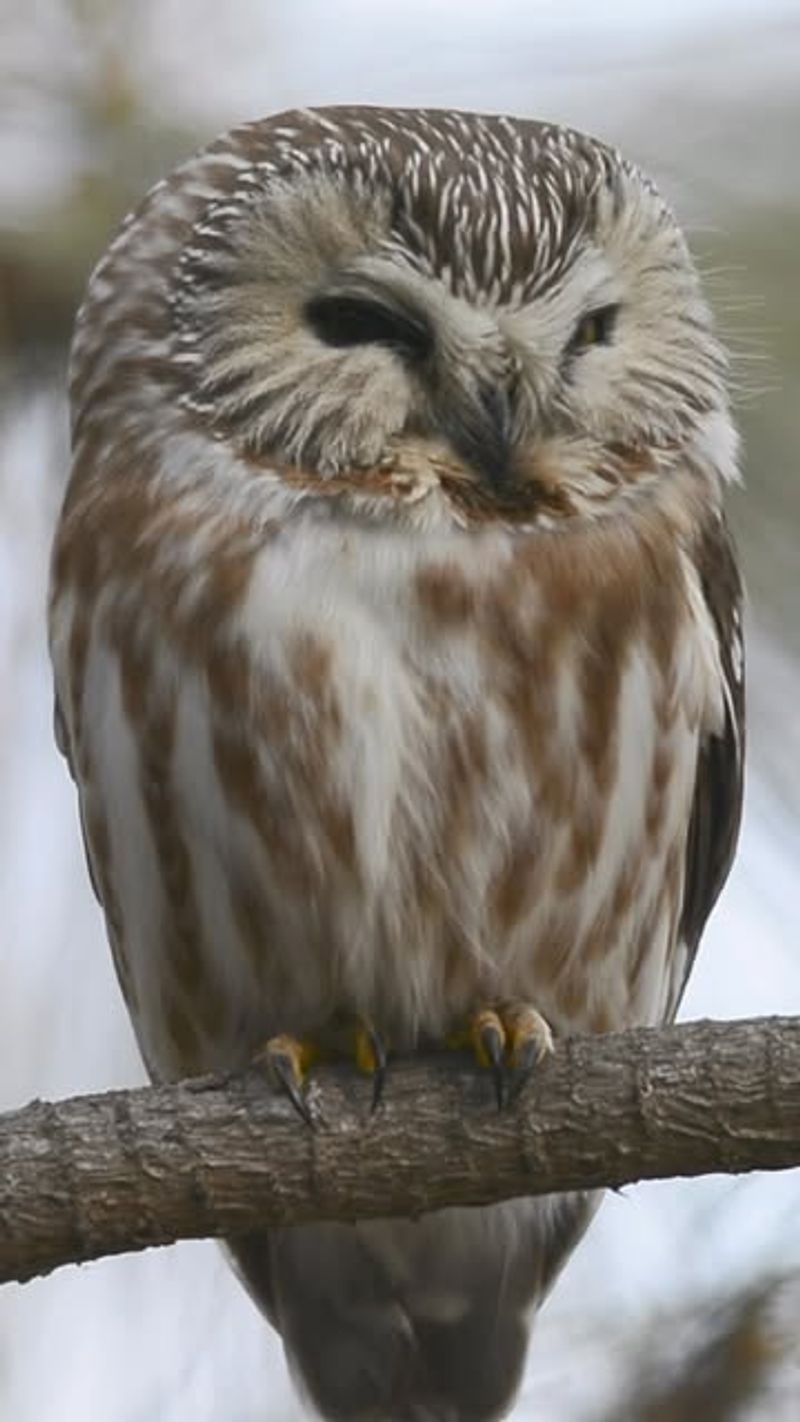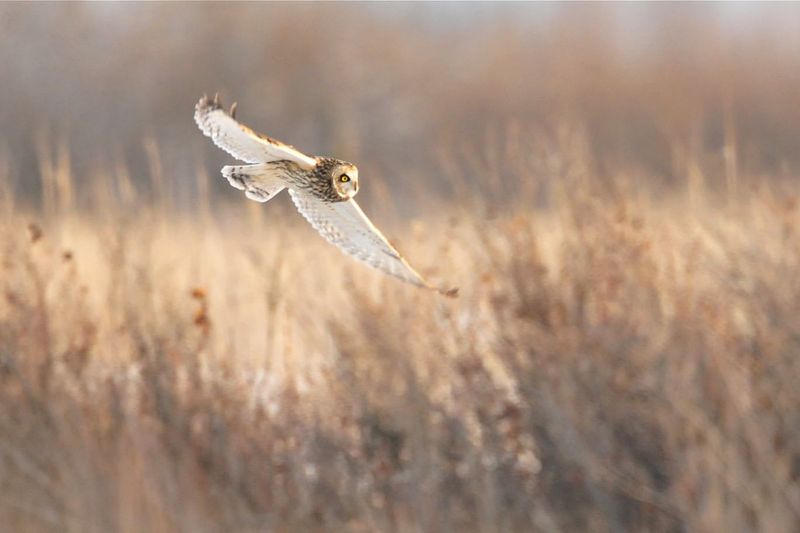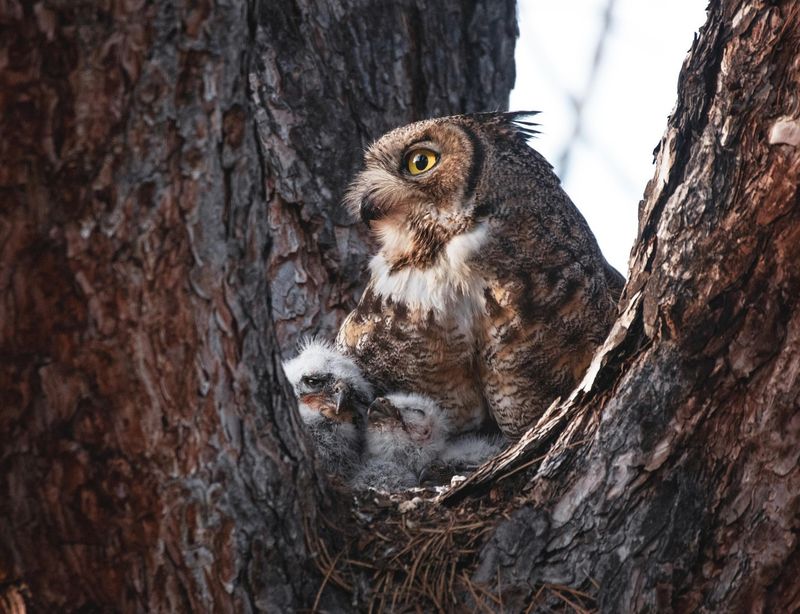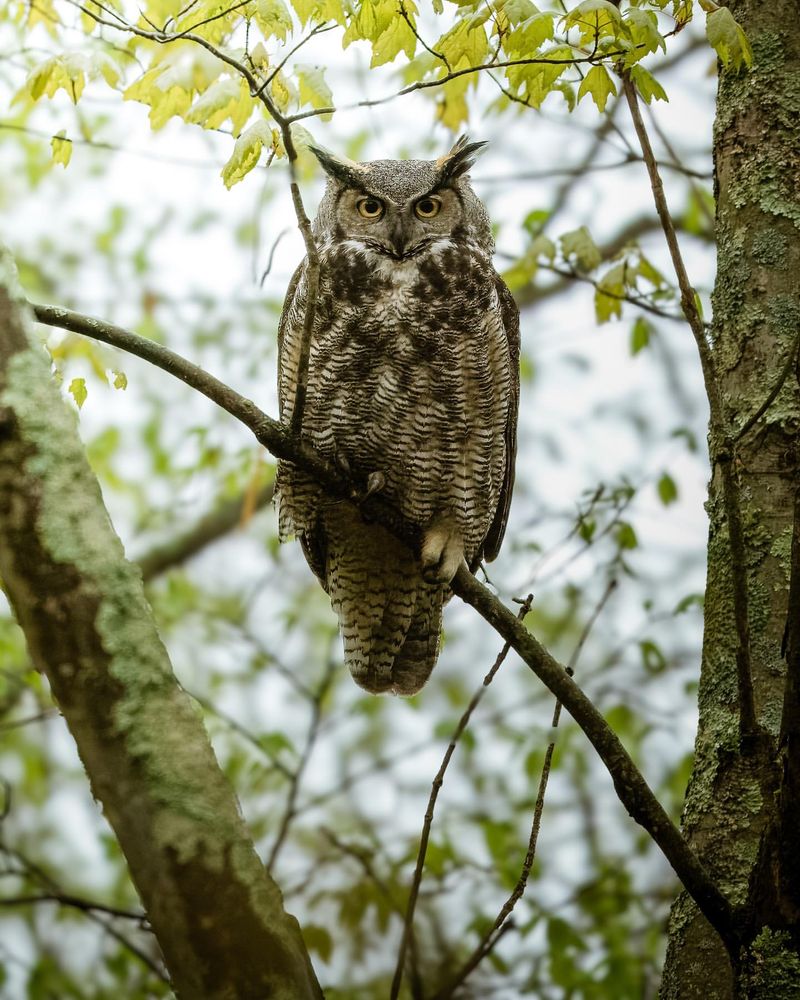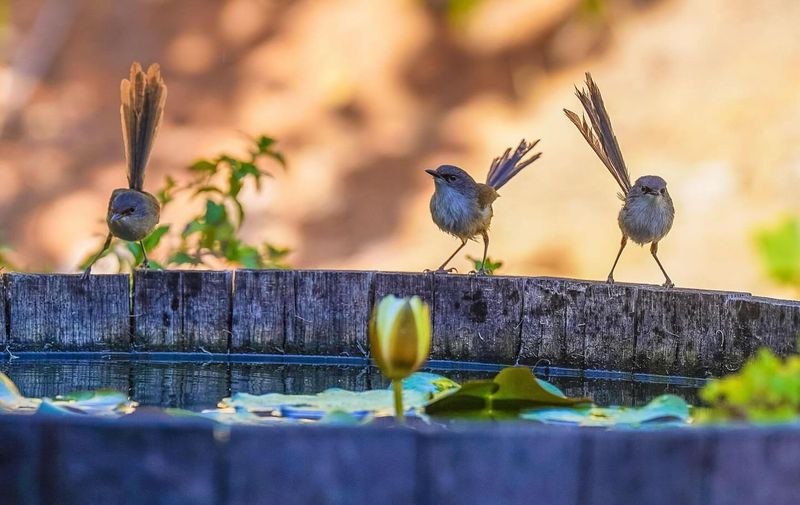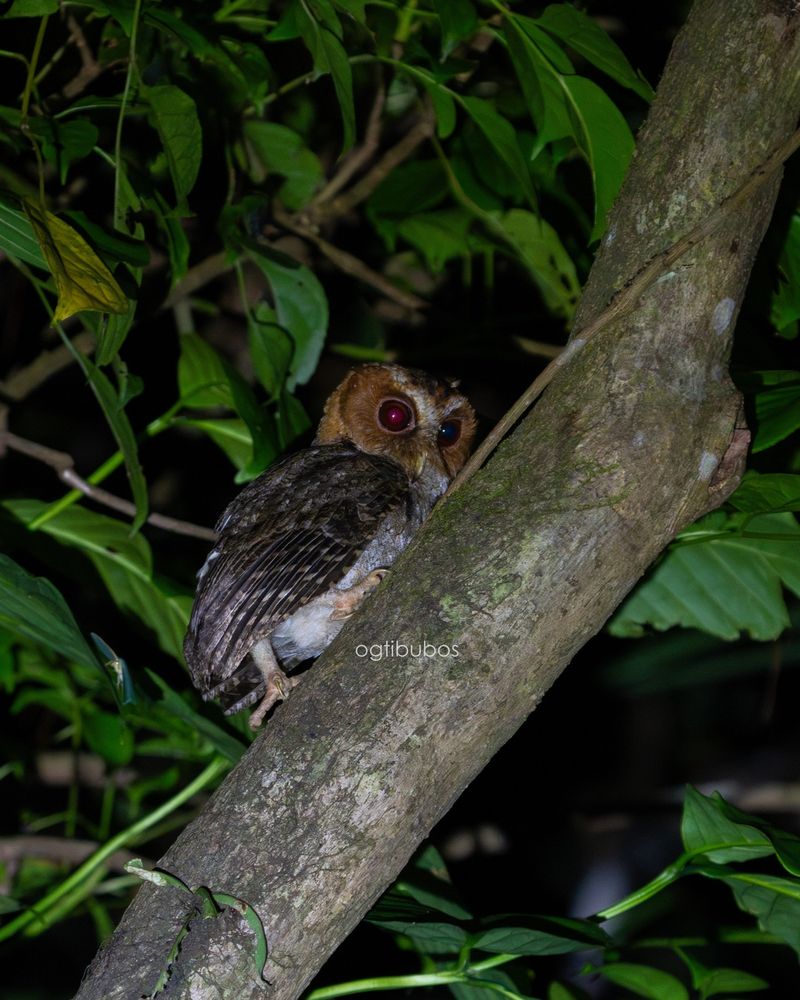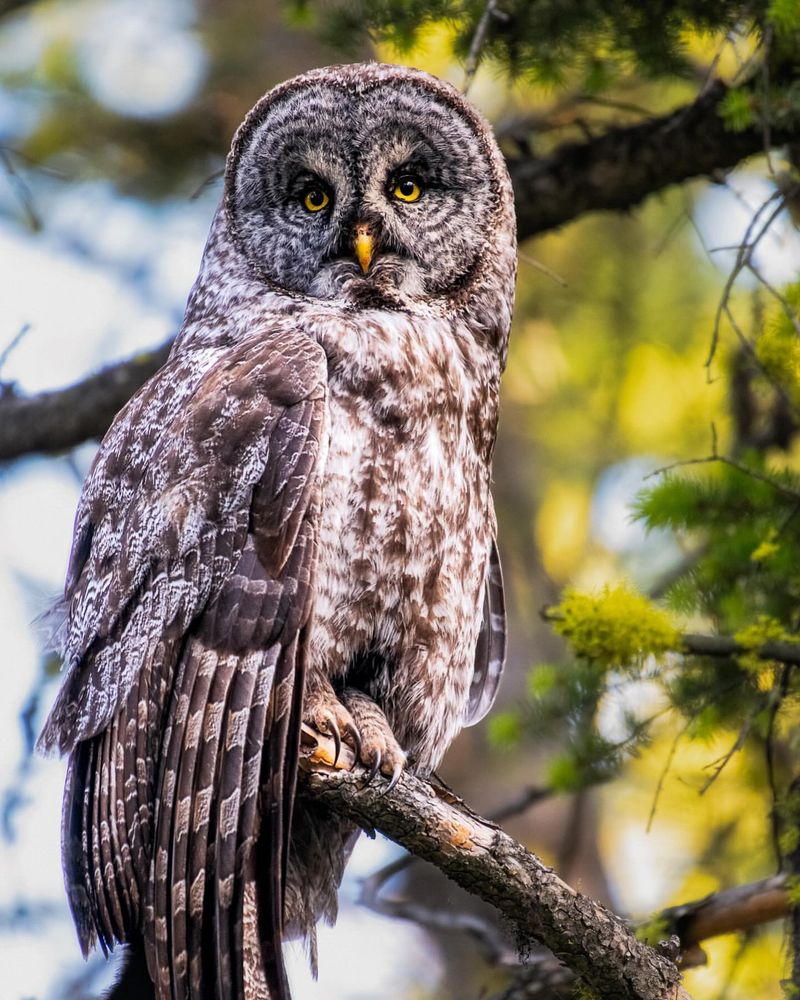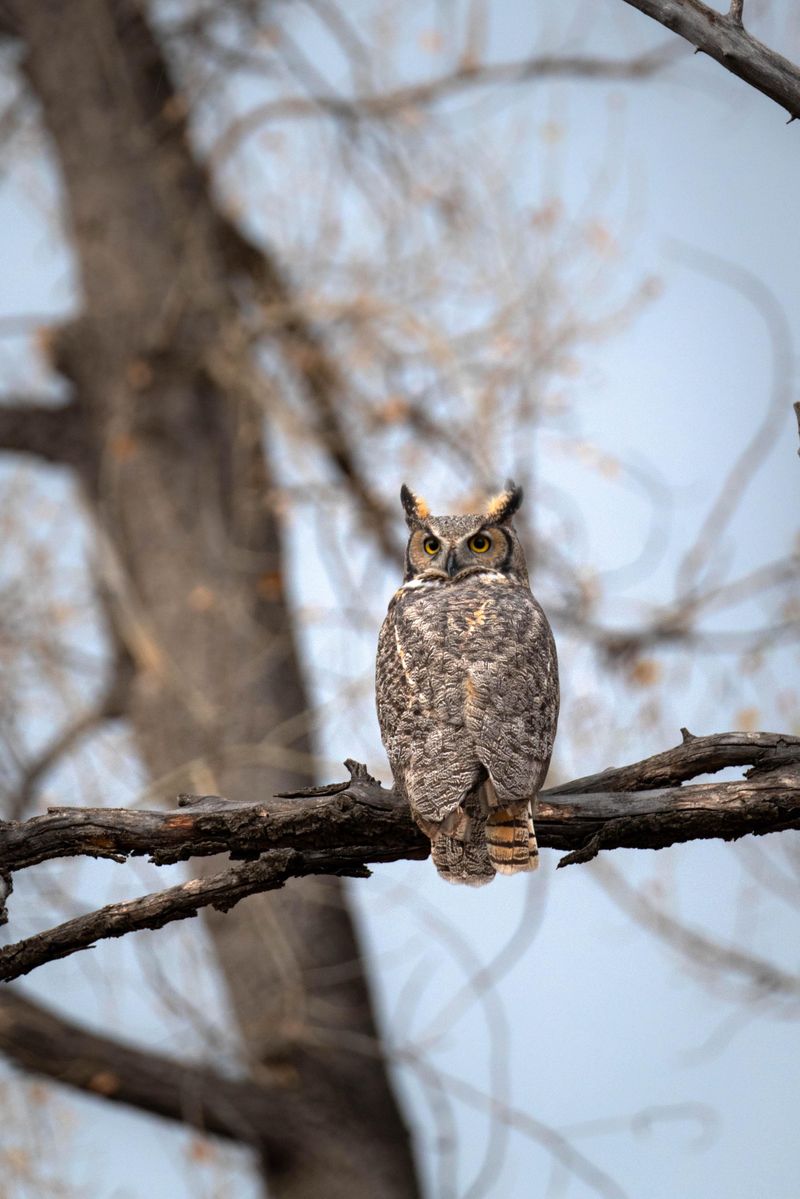In Montana, rodents and insects can quickly become a headache for gardeners and farmers alike. But nature has its own pest control—native owls. These silent hunters are experts at keeping unwanted critters in check.
Encouraging owls to visit your property is easier than you might think. Simple steps like installing nesting boxes or preserving tall trees can make a big difference. It’s a chemical-free way to protect your land.
With owls on patrol, you’ll see fewer pests and a healthier garden ecosystem. Plus, watching these majestic birds in action adds a touch of wild beauty to your outdoor space.
1. Install Nesting Boxes At Proper Heights
Owls need homes too! I’ve found that properly installed nesting boxes can make your Montana property irresistible to these nocturnal hunters. Position boxes 10-20 feet above ground on sturdy trees or poles.
Different owl species prefer different box dimensions. For barn owls, use boxes with 10×18-inch floor space and a 6-inch entrance hole. Great horned owls prefer open platforms rather than enclosed boxes.
Face the entrance away from prevailing winds to protect future owl families from harsh Montana weather. My neighbor attracted a pair of screech owls within just three months of installing a properly sized box!
2. Create Perch Points Throughout Your Property
Strategic perching spots give owls perfect hunting vantage points. Dead trees with sturdy branches make natural perches, so consider leaving that old cottonwood standing if it’s safe to do so.
No suitable dead trees? Install T-shaped wooden posts about 15-20 feet tall around the perimeter of your garden or field. Space them roughly 100 feet apart for optimal coverage of your Montana property.
The first time I spotted a great horned owl using one of my homemade perches to survey my vegetable garden, I knew my pest control squad had officially arrived. Those voles didn’t stand a chance!
3. Maintain Grassy Areas For Hunting Grounds
Mowing practices significantly impact owl hunting success. Keep some areas of your Montana property with grass about 4-6 inches tall – short enough for owls to spot movement, but tall enough for mice and voles to feel falsely secure.
Avoid cutting all areas at once. I maintain a rotation schedule, leaving different sections slightly overgrown throughout the season. This creates ideal hunting conditions while providing continuous habitat for the prey animals.
The meadow behind my Bozeman home stays partly unmowed until late summer, creating a perfect hunting zone. Last year, a family of barn owls cleared out nearly all the pocket gophers that had been destroying my root vegetables!
4. Plant Native Trees For Daytime Roosting
Dense evergreens provide essential daytime shelter for owls. Ponderosa pines and Douglas firs are perfect Montana natives that offer the thick foliage owls need to hide from daytime harassment by crows and jays.
Cluster plantings work best. Three to five trees grouped together create an ideal microhabitat. When I added a small grove of junipers near my barn, saw-whet owls moved in within two seasons.
Young trees take time to mature, so consider preserving existing conifers on your property. Montana’s harsh winters make these sheltered roosting spots particularly valuable to resident owl populations that don’t migrate south.
5. Eliminate Rodenticides And Limit Pesticides
Chemical pest control methods can poison the very owls you’re trying to attract. Rodenticides are particularly dangerous since they travel up the food chain when owls consume poisoned prey.
Switch to mechanical traps for immediate rodent issues while your owl population establishes. My garden shed used to be overrun with mice until I stopped using poison baits and started relying on the barred owl family nesting nearby.
For insect control, try companion planting with pest-repelling herbs like mint and sage, which thrive in Montana’s climate. The combination of these natural approaches with owl predation has kept my garden healthier than ever without harmful chemicals.
6. Provide Year-Round Water Sources
Reliable water access draws both owls and their prey. A simple ground-level bird bath or small pond creates a wildlife magnet in Montana’s sometimes arid conditions. Heat your water feature during freezing months.
I use a submersible heater in my backyard pond, and it’s become a gathering spot for wildlife throughout our Missoula winters. The small investment pays off with increased owl activity.
Position water features away from dense shrubs where predators might hide, but near enough to trees where owls can perch and watch for drinking rodents. This setup creates a natural hunting scenario that benefits your owl residents while helping control pests.
7. Minimize Light Pollution After Dark
Bright outdoor lighting disrupts owl hunting patterns. Most Montana owl species rely on darkness to hunt effectively, using their extraordinary hearing more than vision to locate prey. Replace constant outdoor lights with motion-activated fixtures.
This simple change transformed my rural property near Helena into a nocturnal hunting paradise. Now I regularly hear the distinctive hoots of great horned owls as they patrol after sunset. When outdoor lighting is necessary, direct it downward and shield the top to reduce light scatter.
Use warm-colored bulbs (below 3000K) rather than bright white or blue lights, which are more disruptive to wildlife hunting and breeding behaviors.
8. Create A Wildlife-Friendly Landscape
Montana’s diverse terrain provides perfect inspiration for an owl-friendly yard. Leave some areas of your property slightly wild with native grasses and shrubs where small mammals can thrive—these become hunting grounds for hungry owls. Remember, owls need prey before they’ll visit regularly!
Edge habitats—where open areas meet wooded sections—are particularly attractive to hunting owls. Great Horned and Barn Owls especially appreciate these transitional zones for catching dinner.
Consider planting serviceberry, chokecherry, or Rocky Mountain juniper to create natural structure. These Montana natives provide daytime shelter for owls while supporting the entire food chain they depend on.
9. Maintain Safe Winter Refuges
Montana’s harsh winters present unique challenges for resident owls like Northern Saw-whets and Great Horned Owls. Old barns, outbuildings with owl-sized entry points (4-6 inches), or specially designed winter roost boxes provide crucial shelter during bitter cold months.
Strategic placement matters tremendously. Mount winter shelters 12-20 feet high on sturdy trees or poles, facing away from prevailing winds. South-facing orientations capture precious winter sunlight, helping owls conserve energy during frigid nights.
Avoid disturbing these areas from November through March when owls are most vulnerable to cold stress. Your patience creates a sanctuary that owls will return to year after year for both winter survival and spring nesting.

